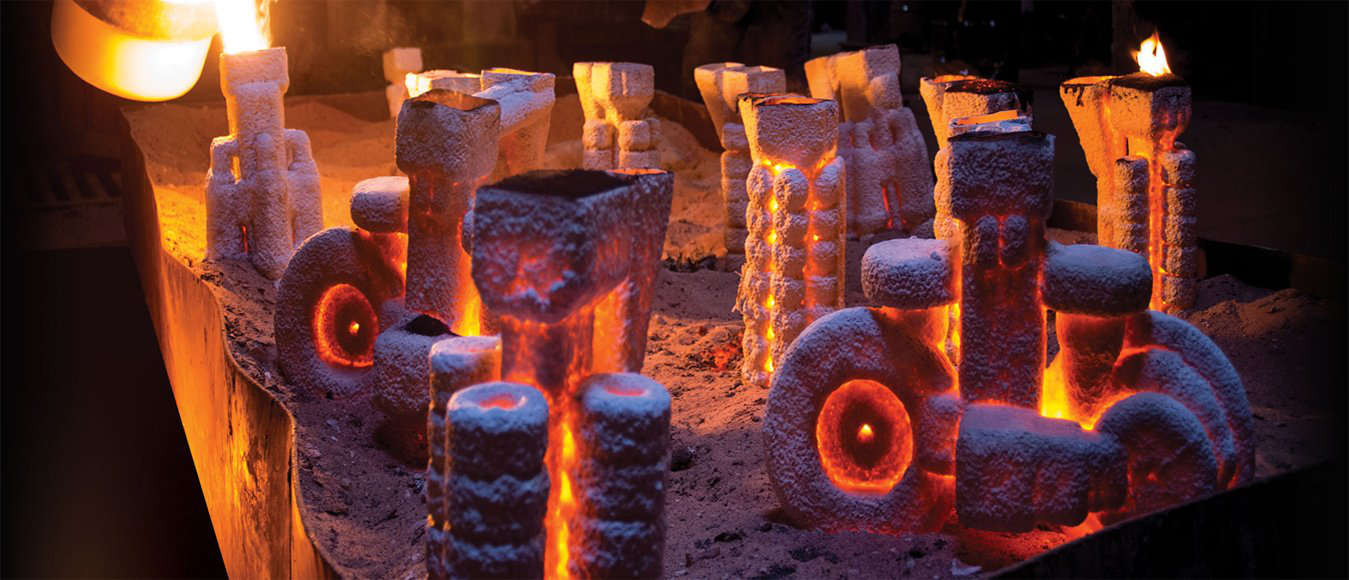- Call US: 0161-5035493 Email ID: rajangoel@goelandgoel.com
INVESTMENT CASTING

Investment casting can also be called “precise casting “or “silica sol casting " or “lost wax casting "or " de-waxing casting ". The casting materials can be widely used, and no limit to product shape as well as complex structure. The most important characteristic of investment casting is the closer tolerance control, fewer or no machining allowance, and better surface finish. In the casting industry, the investment casting can be used instead of other casting methods, so as to reduce machining allowance and the cost, improve the dimensional precision and surface finish, so as to meet the requirements of a higher level product.
Wax Injection
The process begins with production of a heat disposable pattern. This pattern is usually made by injecting wax into a metal die or mold. Pattern is injected in Horizontal Automatic Injection Machine.
Pattern Assembly
The wax patterns are attached by the gate to a central wax runner system. The runner system is called a sprue. Patterns, runners, and pouring cup compromise the cluster or tree. Radius is provided to all joints between pattern and runner. Same checked thoroughly before coating to avoid rejection due to sand inclusions.
Shell Building
The shell building technique involves dipping the assembly into a ceramic slurry and then into a bed of extremely fine sand. After drying,, the process is repeated. Up to 4 to 6 layers may be applied in this manner.
Dewax Operation
The completed shell is placed in a steam autoclave where the pattern melts and runs out through the gates and pouring cup.
Firing the Shell Mold (Preheat)
The ceramic shell molds must be fired to burn out the last traces of pattern material and to preheat the mold in preparation for casting, usually in the range of 800 to 1100 degrees centigrade.
Casting
The preheated shell is filled with molten metal by gravity pouring. As the metal cools, the parts, gates, sprue, and pouring cup become one solid casting.
Shell Removal (Knockout)
After the metal solidifies and cools, the ceramic shell is then removed by vibratory methods or water blasting.
Shot Blasting
Casting to be shot blasted to remove all small ceramic particles.
Casting Removal (Cut Off)
Individual casting is removed from the cluster by means of a cut off wheel or welding cutting.
Finishing Operation (Gate Grinding)
Remaining gate protrusions are removed by belt grinding.
Heat Treatment
Casting is heat treated as per specifications.
Final Finishing
Finally casting is sand blasted or glass bead blasted as per customer requirement, packed as per customer specification and dispatched.